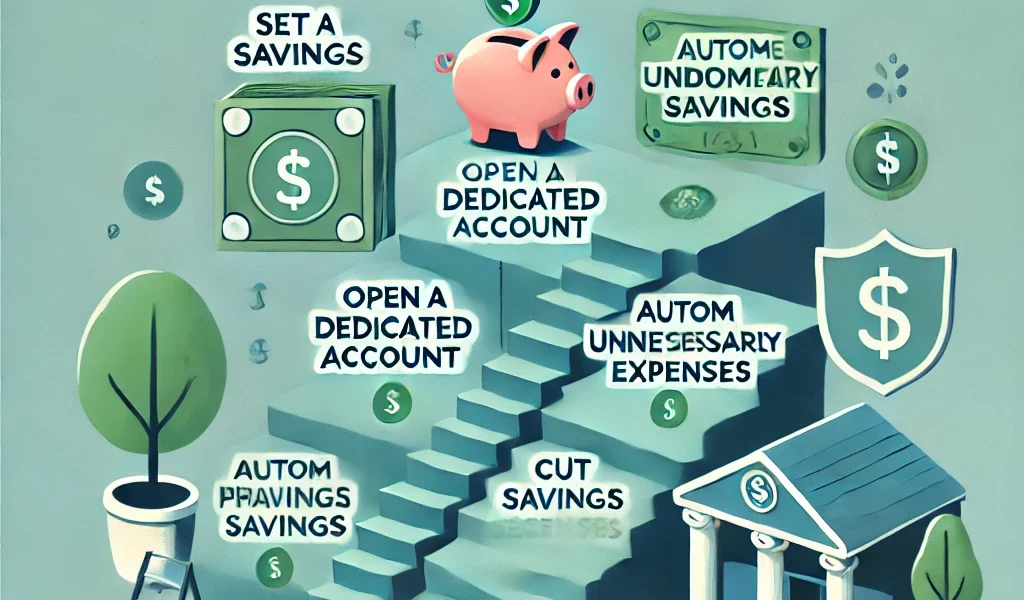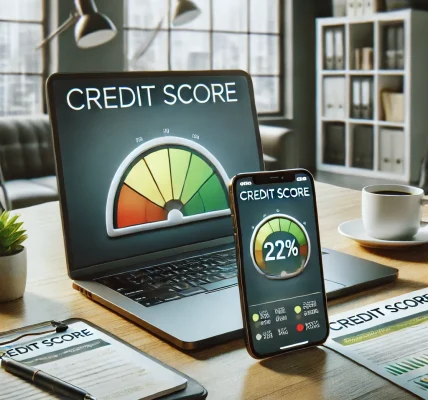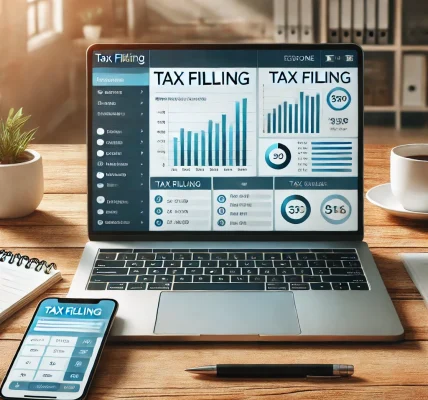Introduction
An emergency fund is a crucial component of financial stability, yet many people overlook its importance. Life is unpredictable, and unexpected expenses—such as medical emergencies, job loss, or urgent car repairs—can arise at any time. Having an emergency fund acts as a financial safety net, preventing you from falling into debt or financial distress.
In this guide, we’ll explore why emergency funds are essential, how much you should save, and practical steps to build one effectively.
Why You Need an Emergency Fund
1. Protection Against Unexpected Expenses
Emergencies can strike at any moment, and without adequate savings, you may be forced to rely on credit cards or loans. An emergency fund ensures that you have immediate access to money when you need it most.
2. Prevents Debt Accumulation
Without an emergency fund, many people resort to borrowing money, which can lead to high-interest debt. By having savings set aside, you can cover unexpected costs without increasing your financial burden.
3. Provides Financial Security
An emergency fund offers peace of mind, knowing that you are financially prepared for life’s uncertainties. It reduces stress and allows you to make better financial decisions without panic.
4. Helps Maintain Your Lifestyle During Income Loss
Losing a job or facing reduced income can be financially devastating. An emergency fund provides a buffer, allowing you to cover essential expenses while you search for a new job or recover financially.
How Much Should You Save in an Emergency Fund?
The ideal size of an emergency fund varies based on individual circumstances. However, financial experts generally recommend:
- Basic Emergency Fund: At least $1,000 to cover minor unexpected expenses.
- Standard Emergency Fund: 3 to 6 months’ worth of living expenses to cover major financial setbacks like job loss.
- Extended Emergency Fund: 6 to 12 months’ worth of expenses for individuals with irregular income, such as freelancers or entrepreneurs.
To determine your emergency fund goal, calculate your essential monthly expenses, including:
- Rent or mortgage payments
- Utilities and bills
- Groceries
- Transportation
- Insurance
- Loan payments
Multiply this amount by the recommended number of months to set your target savings goal.
How to Build an Emergency Fund
1. Set a Realistic Savings Goal
Start by determining how much you need in your emergency fund. Break down your goal into manageable milestones to make the process less overwhelming.
2. Create a Dedicated Savings Account
Open a separate savings account exclusively for your emergency fund. This prevents accidental spending and helps you track your progress effectively.
3. Automate Your Savings
Setting up automatic transfers from your checking account to your emergency fund ensures consistent savings. Even a small, regular contribution adds up over time.
4. Reduce Unnecessary Expenses
Cutting back on non-essential spending can free up money to contribute to your emergency fund. Identify areas where you can reduce expenses, such as dining out less, canceling unused subscriptions, or shopping smarter.
5. Use Windfalls Wisely
Whenever you receive unexpected money—such as tax refunds, bonuses, or gifts—consider allocating a portion to your emergency fund. This helps you reach your savings goal faster.
6. Start Small and Increase Over Time
If saving a large amount seems daunting, start with small contributions and gradually increase them as your financial situation improves. Even saving $10 or $20 per week can make a difference over time.
7. Consider Side Hustles
If your income is tight, explore side gigs or freelance opportunities to generate extra cash. Use these earnings to boost your emergency savings.
Where to Keep Your Emergency Fund
Your emergency fund should be easily accessible but separate from your everyday spending money. Consider these options:
- High-Yield Savings Account: Offers better interest rates than a regular savings account while keeping funds accessible.
- Money Market Account: Provides slightly higher returns with easy access to funds.
- Certificates of Deposit (CDs): If you’re not planning to use the funds immediately, short-term CDs can provide a better return while still keeping the money relatively liquid.
When to Use Your Emergency Fund
Your emergency fund should only be used for true financial emergencies. Examples include:
- Medical emergencies not covered by insurance
- Sudden job loss or income reduction
- Essential home or car repairs
- Unexpected travel due to family emergencies
Avoid using your emergency fund for non-essential expenses like vacations, shopping, or luxury purchases.
How to Replenish Your Emergency Fund
If you need to use your emergency savings, make it a priority to replenish the fund as soon as possible. Adjust your budget temporarily to allocate more money toward rebuilding your savings.
Steps to Rebuild:
- Reduce discretionary spending until your fund is restored.
- Use windfalls, such as tax refunds or bonuses, to replenish the account.
- Increase your savings contributions temporarily.
Common Mistakes to Avoid
1. Not Saving Enough
Underestimating your emergency fund needs can leave you financially vulnerable. Aim for at least 3-6 months of expenses whenever possible.
2. Keeping Your Emergency Fund in Risky Investments
While investing can grow your wealth, your emergency fund should remain liquid and safe. Avoid investing these funds in stocks or volatile assets.
3. Using It for Non-Emergencies
It’s tempting to dip into your emergency savings for non-essential expenses, but doing so defeats the purpose of the fund. Maintain financial discipline.
4. Waiting Too Long to Start
Many people delay saving for emergencies, believing they’ll start “when they have more money.” The best time to start is now, even with small contributions.
Conclusion
An emergency fund is a vital financial tool that provides security, prevents debt, and helps you navigate life’s uncertainties with confidence. By setting clear savings goals, automating your contributions, and practicing financial discipline, you can build a strong emergency fund that ensures long-term financial stability.
Start today, even if it’s just a small step, and gradually work towards your financial safety net. The peace of mind that comes with being prepared is invaluable!
This blog is written in an SEO-friendly and legally safe manner. Let me know if you need any modifications or additional insights!



